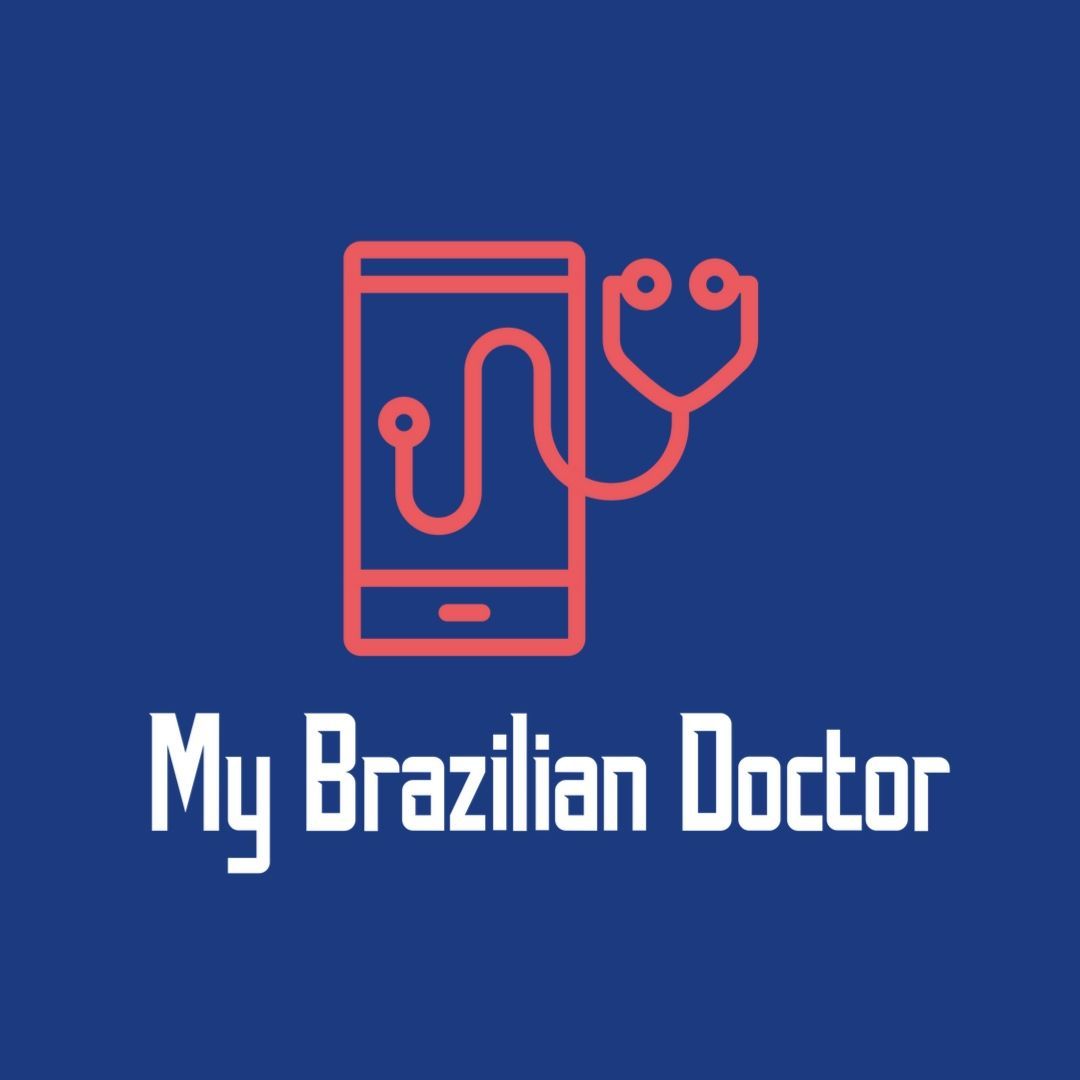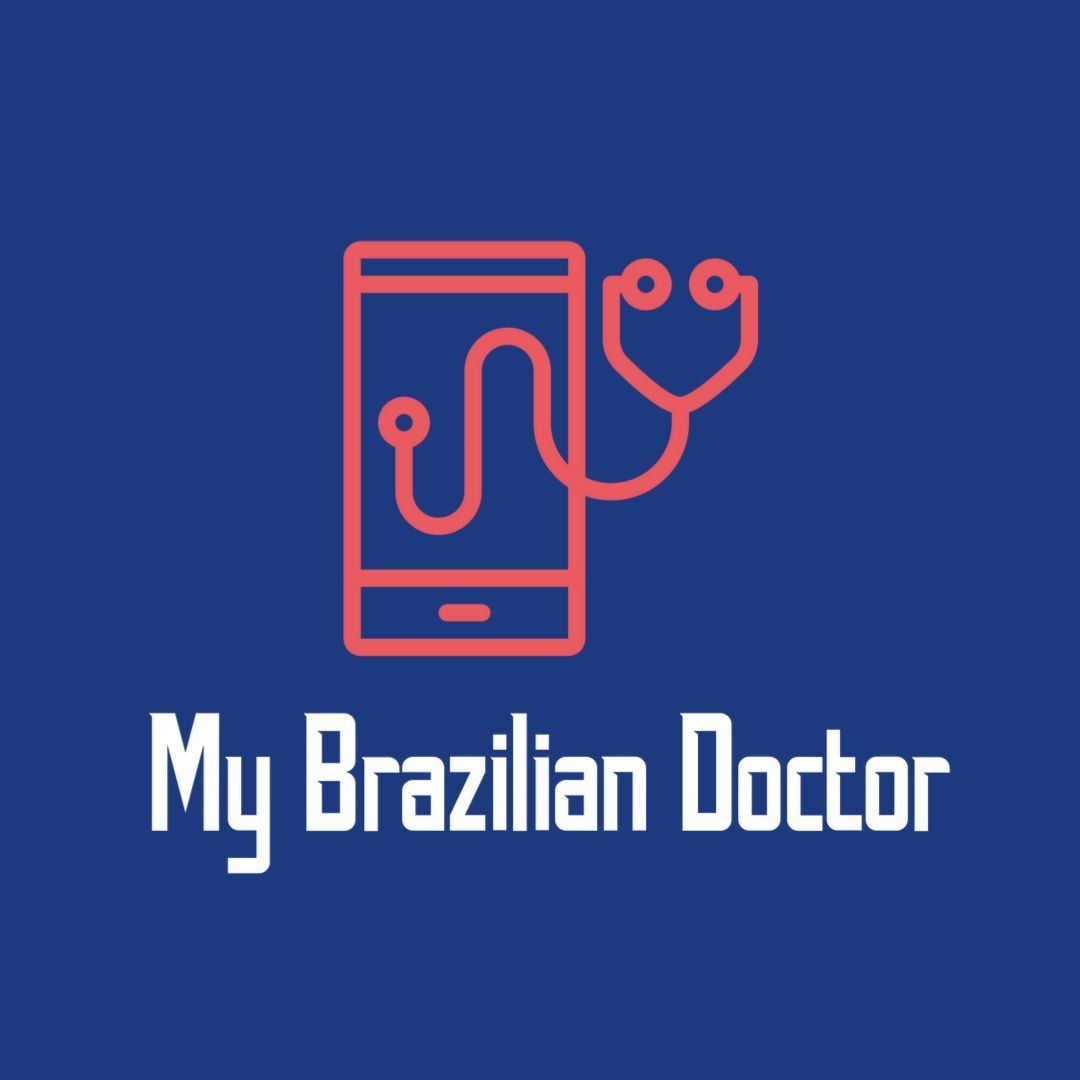Pink Eye, Stye and Conjunctivitis
Pink or Red eye is a common condition affecting a wide range of individuals, especially travelers due to high people circulation in airports and prolonged exposure in flights, hotels, and hostels can increase contact with causing agents. This condition can cause significant discomfort or pain, blurred vision, and even incapacitate individuals for daily activities, which, during a trip, can lead to distress and inconvenience.
Pink or Red Eye: Common Causes and other Symptoms
Red or pink eyes can be attributed to viral, bacterial, or allergic conjunctivitis. Determining the exact cause might be challenging, but a thorough history of symptoms and a physical inspection can provide vital clues. It's also important to consider other potential causes like Ocular Herpes, which also responds well to oral medication.
Symptoms can include eye discharge, redness, swelling, photophobia, and in cases of bacterial conjunctivitis, symptoms may extend to discharge, fever and general malaise. Another common but uncomfortable condition is Stye (hordeolum). However, with the right medical guidance and prescription, there are effective medications available that can alleviate symptoms and accelerate recovery.
Treatments available for Relief
The treatment plan for red or pink eyes varies based on the symptoms and suspected cause. Simple measures like cold compresses and lubricant eye drops can be effective. For some cases, treatment may include antihistamines, antibiotics, antiretrovirals, or steroids.
These can be administered topically or orally, depending on which method is most effective for the patient's condition. In Brazil, most of these medications require a prescription. Fortunately, electronic prescription note can be issued from a doctor registered locally and are valid at any pharmacy in Brazil.
It is important to mention that antibiotics are instantly available at pharmacies in Brazil if you have a medical prescription issued by a local doctor, eliminating the wait often required in other countries.
Managing Red Eye: When to Visit an Eye Clinic
Most common cases of pink eye can be effectively managed by a Family Doctor or General Practitioner, according to international guidance. Local General Practitioners can prescribe necessary medications and even order lab tests if required.
Ophthalmologists may be consulted in severe cases or if the condition does not respond to initial treatment. However, in Brazil, accessing an eye specialist promptly can be challenging, even in major cities. In majority of countries, general doctors manage these conditions effectivelly and, if needed, can refer to a specialist.
The Role of Telemedicine in Managing Eye Conditions
Telemedicine offers a convenient and efficient means to address common eye conditions. It reduces the burden of long waiting time in healthcare facilities and overcomes communication barriers.
My Brazilian Doctor provides same-day consultations, easy booking, and detailed evaluation including history taking and risk factors the individual have been exposed. Clear images of the eye can be analyzed during the consultation, with instructions on how to take them effectively that will be provided during the assessment.
Medications, both oral and topical, are issued via digital doctor's prescription instantly and are valid at any pharmacy in Brazil.
Another vital aspect of My Brazilian Doctor's service is the access to your doctor in the days following your consultation, adding an extra layer of safety to monitor your recovery.
This follow-up contact is available without additional cost, ensuring monitoring and adjustment of treatment if necessary. In cases where an eye specialist's input is required, a referral can be indicated, and we can assist with options for local care in Brazil.
If you want further reading...
Conjunctivitis, Stye and other Eyes symptoms: Exploring Healthcare Options in Brazil
When you or a loved one experiences symptoms of Pink Eye, Stye or Conjunctivitis in Brazil, navigating the healthcare landscape can be daunting. Understanding the available options can significantly ease this process. This section is divided into four parts, offering a comprehensive guide to hospitals, public health clinics, and private doctor's offices in Brazil.
Hospitals: Navigating Public and Private Options
Seeking treatment for Pink Eye in Brazilian hospitals presents two paths: public health services or private hospitals. Public hospitals offer free services but often come with challenges such as long waiting times, especially for non-emergency conditions like Pink Eye, Hordeolum, which despite causing important discomfort, can be included on a second queue and have wait long longer, not be prioritized on a Urgency unit. The environment in these hospitals can be stressful, given their role in handling a wide range of emergencies, from clinical crises to trauma cases such car accidents, and victims of violence with gunshot wounds. Additionally, language barriers can further complicate the process, and it is very unlikely to find ophthalmologists on duty in hospitals or emergency departments .
On the other hand, private hospitals, while generally less crowded, share some issues with their public counterparts, such as language barriers and also the absence of specialists for eye conditions in emergency situations. Additionally, the costs associated with private healthcare can be high, and follow-up care may be difficult to arrange.
Public Specialized Clinics: Ophthalmology Care with Challenges
Brazil's unified healthcare system, Sistema Único de Saúde (SUS), provides access to Ophthalmologists in specialized health centers. However, obtaining a referral from a primary care doctor is necessary, and the waitlist for an appointment with an eye specialist can be lengthy. While the service is free, foreigners may find the initial registration process and language barriers overwhelming and time-consuming.
Private Doctors' Offices
For those seeking for in person appointment, private doctors' offices could be an option, however, requiring prior appointment booking. The booking process can be a barrier due to language challenges with administrative staff. Ophthalmologists in Brazil often balance multiple responsibilities, including surgery schedules, which can extend wait times for appointments. While private consultations offer a more direct route to specialized care, they come with costs ranging from 100 to 160 USD, and language barriers can still affect the quality of diagnosis and treatment.
Weighing Your Options
Understanding the nuances of each healthcare path in Brazil is important for timely addressing eye symptoms such as Pink Eye, Stye or Conjunctivitis. While public options offer financial accessibility, they come with significant wait times and bureaucratic hurdles. Private healthcare, though more immediate and possibly offering better environmental conditions, requires careful consideration of costs and potential language barriers. No matter the chosen path, being informed and prepared can lead to a smoother healthcare experience in Brazil.
Technical Director: Dr Fabio L Vieira




